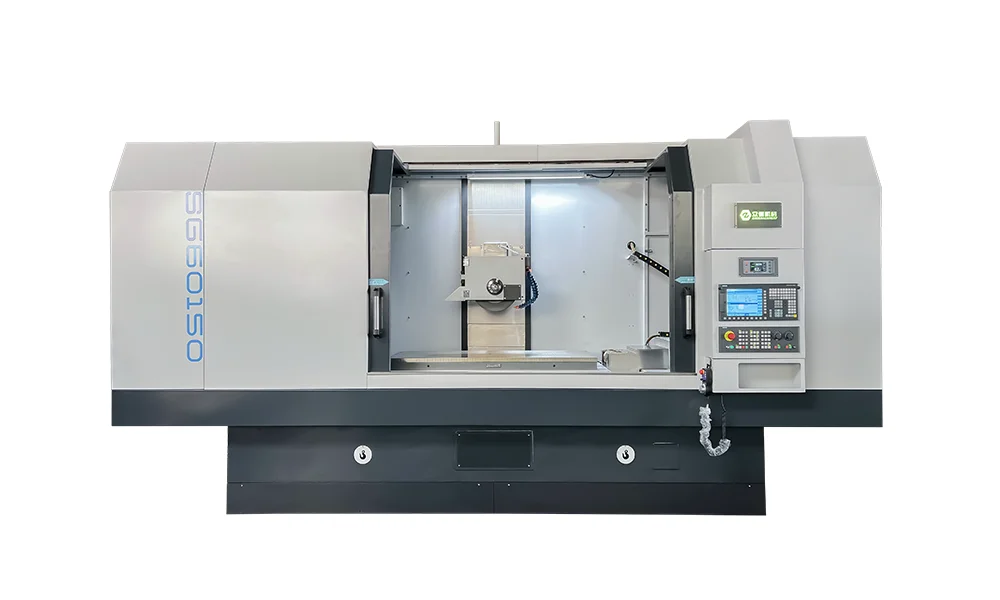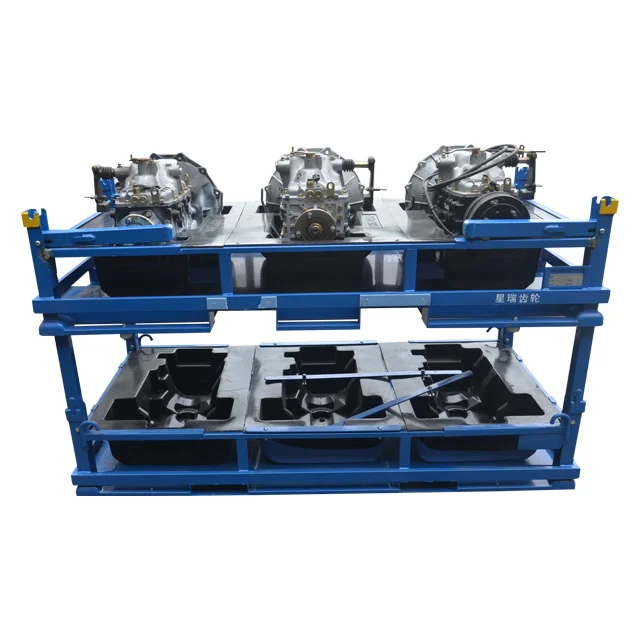From Metric to Imperial: Decoding the 14mm Socket in Inches – A Comprehensive Guide for DIYers and Professionals
In the realm of tools and hardware, precision is paramount. Whether you're a seasoned DIY enthusiast or a professional technician, understanding the nuances of metric and imperial measurement systems is crucial for tackling various projects efficiently. Today, we dive deep into a common yet intriguing question that often crosses the minds of both beginners and experts alike: What is a 14mm socket in inches?
Understanding Metric and Imperial Units
Before we delve into the specifics, let's establish a foundational understanding of the two primary measurement systems in use today: metric and imperial (or inch-based). The metric system, widely adopted across most of the world, uses the meter as its base unit, with millimeters (mm) being a common sub-unit for small measurements. Conversely, the imperial system, predominantly used in the United States, relies on inches, feet, yards, and miles.
The Metric Marvel: The 14mm Socket
A 14mm socket, as the name suggests, is a tool designed to fit nuts and bolts with a diameter of 14 millimeters. This socket is a staple in any mechanic's or DIYer's toolkit, commonly used for automotive repairs, furniture assembly, and various other applications where precision and torque are critical.
Why the Conversion Matters
While most modern tools and hardware come with both metric and imperial markings, understanding these conversions can be invaluable in several scenarios:
- Cross-Compatibility: Working on vehicles or equipment that were manufactured in countries using different measurement systems.
- Inventory Management: If you're transitioning from a primarily metric to an imperial system (or vice versa), knowing these conversions helps in rationalizing your tool collection.
- Emergency Repairs: When you find yourself in a situation where the exact socket size isn't available, understanding close equivalents can save the day.
Precision Matters: Close, But Not Exactly the Same
It's important to note that while 0.55 inches serves as a good approximation, it's not an exact replacement for a 14mm socket. Even a slight difference in size can impact the fit, torque application, and potential damage to the fastener or surrounding materials. Therefore, for critical applications, always strive to use the exact socket size specified.
Practical Tips for Using Metric and Imperial Sockets
- Label Your Tools: Clearly mark your sockets with both metric and imperial sizes to avoid confusion.
- Invest in Sets: Owning a comprehensive socket set that includes both metric and imperial sizes ensures you're always prepared.
- Use a Conversion Chart: Keep a conversion chart handy for quick reference, especially when working on mixed-system projects.
- Quality Matters: Invest in high-quality sockets that maintain precision over time, reducing the risk of wear-induced size variations.
Conclusion: Bridging the Gap
Understanding the relationship between a 14mm socket and its inch equivalent is not just about numbers; it's about mastering the language of tools that transcends geographical boundaries. Whether you're tightening a bolt on a classic American muscle car or assembling furniture from a European design house, knowing how to convert and apply these measurements effectively enhances your versatility as a DIYer or professional.




